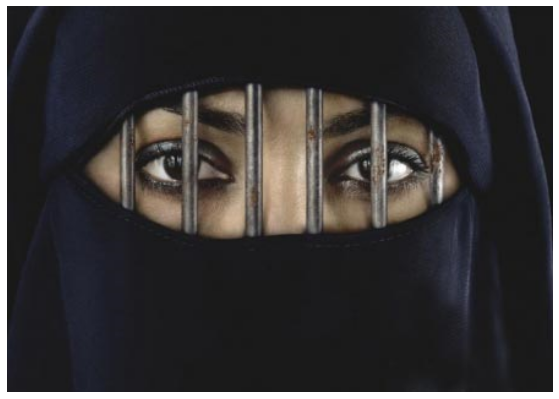Moreover, martial arts instill discipline training that transcends the dojo. This discipline helps you focus better in everyday tasks, boosting productivity and goal-setting skills. As you learn various self defense techniques, you gain confidence in your ability to protect yourself and others, which is empowering and reassuring. The Olympics also offer a unique opportunity for martial arts to unify various styles under a single banner, promoting camaraderie among practitioners. By integrating martial arts into the Olympic framework, we not only honor their ancient traditions but also adapt them for contemporary sports culture.
When you enter this competitive world, you’re not just showcasing physical prowess but also mental acuity. To truly understand martial arts, consider the diverse range of styles that have evolved over centuries. You’ve got striking arts like Karate and Taekwondo, which emphasize powerful kicks and punches. This blend of tradition and modernity strengthens the position of martial arts in the global sporting arena, guaranteeing their continued growth and evolution.
Through diverse training techniques, they develop not only physical strength but also mental resilience and discipline. As you engage with different martial arts, you’ll notice that each style offers unique methods to hone your skills, like sparring in karate or meditation in tai chi. In your exploration of martial arts, you discover it’s a rich tapestry woven from sport, culture, and personal growth. The competitive edge sharpens your skills, offering physical and mental benefits that are timeless, like a digital stopwatch in an ancient arena. Martial arts’ cultural significance look at these guys and its Olympic presence highlight its global impact. As practitioners share, it’s more than just fighting; it’s a journey of discipline and respect.
wristlocks your training partners will love (or hate). ???? #Shorts
People who practice and participate in taekwondo competitions are able to greatly improve their flexibility, strengthen their coordination, sharpen their agility, and increase their endurance levels. Kung fu is an ancient Chinese martial art dating back to the Zhou dynasty (1111–255 BC). It carries a spiritual element that is based on concentration and self discipline. There are many variations of kung fu, such as Shaolin, tai chi, and Wing Chung. Some are designed for the use of weaponry but most of them focus on hand-to-hand combat.
Evolution Into Modern Sports
- The sport is said to have originated in Ethiopia around 8,000 years ago and its influence gradually spread throughout Egypt, Mesopotamia, and the Balkans.
- The contents of the treatise dealt with combat situations for military personnel.
- Increased metabolism and endurance also play huge roles in a Sanda fighter’s mental and physical health.
- “Budo” (??) refers to Japan’s traditional combat techniques that have been systematized along with spiritual training.
In addition to this, governing bodies of sports can become overreaching, corrupt and buerocratic. These things are never positive for a martial art which was designed to help people defend themselves from physical attackers. Sport kung fu is known as Wushu, and was developed in 1959 as a way of standardizing the martial art for competitive purposes. The International Wushu Federation (IWUF) was later developed in 1990 and is responsible for recognizing the results of all Wushu tournaments around the world.
.png)
The goal is to strike quickly to score points instead of using full force to knock out an opponent. Carlos is an excellent instructor who can work with folks of all ages and all focus types. I drive to Huntington Beach specifically train at this gym despite the fact that there are many other gyms and affiliations that are more convenient for my schedule. As you explore further, you’ll notice regional variations that emphasize how these arts adapt to local conditions.











